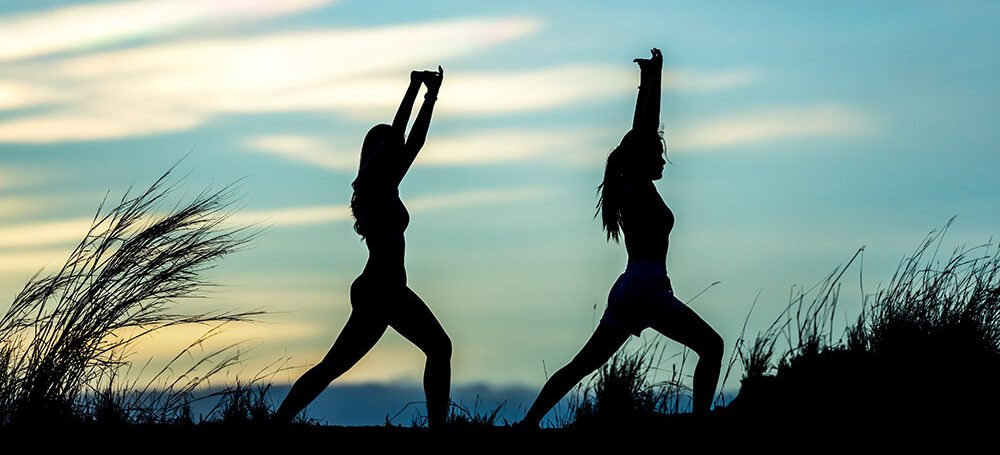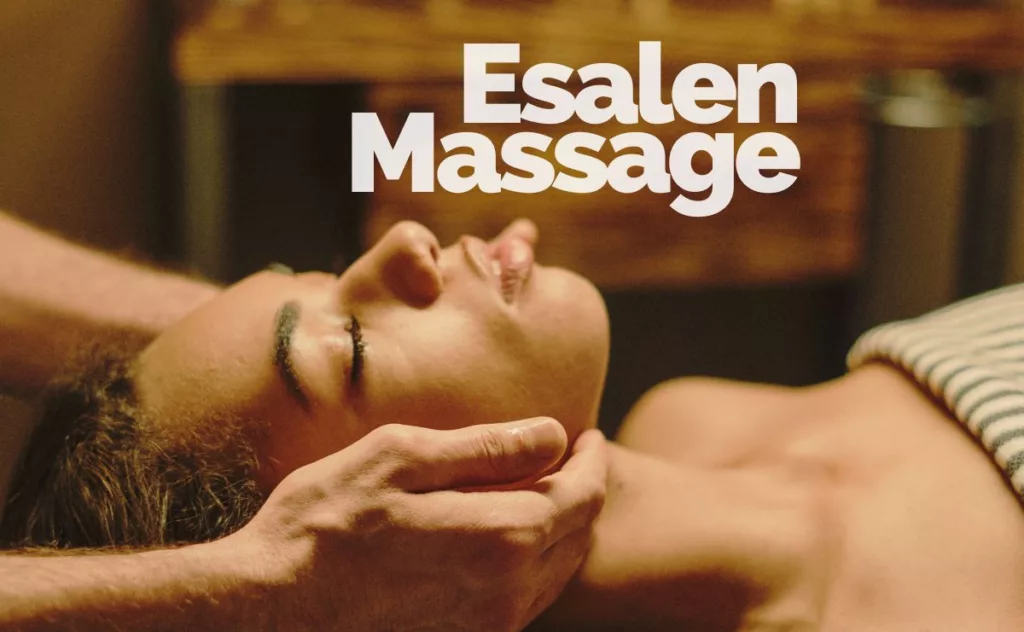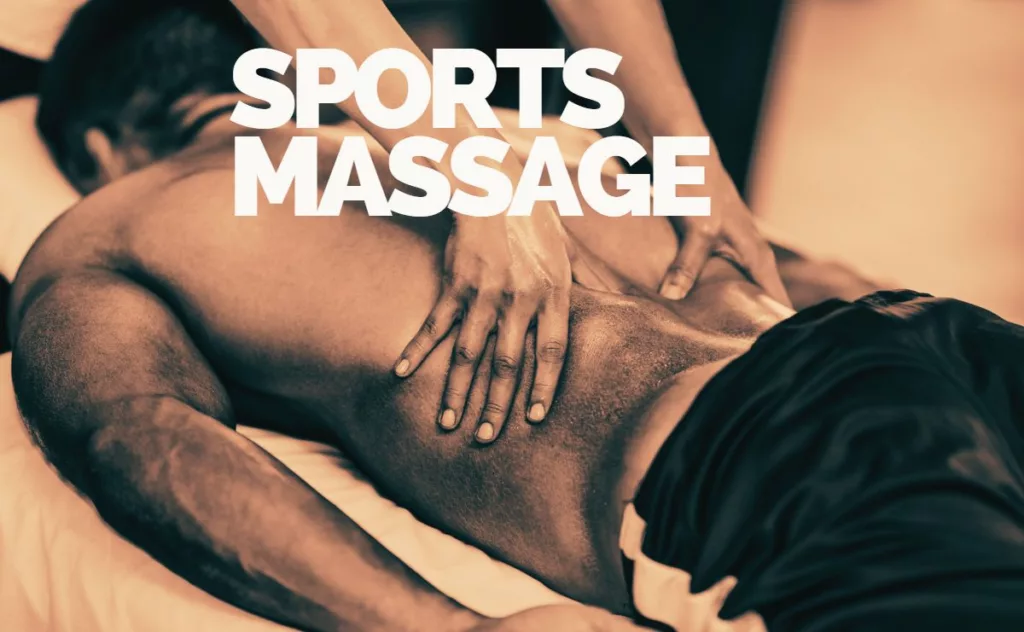Therapeutic Massage = Less Risk of Injury = Peak Performance = Maximum Enjoyment
I often see people jogging and biking along the Embarcadero and wonder if they are taking real care of their bodies. Are you one of these folks? Many people don’t realize that massage therapy is an indispensable tool to help facilitate your workout?
Beginning an exercise program, training for an event, or simply enjoying a vigorous workout on a regular basis can take its toll on your body. Increased physical activity combined with daily work stress, and insufficient rest lead to more issues. Moreover, less-than-ideal eating habits, and a sedentary job, like the ones often found in San Francisco, can make the body more susceptible to injury and illness.
How Does Injury Happen?
With ongoing training, muscles often become restricted or “bound down” to the connective tissue. As muscles become chronically shortened they no longer have a full range of motion. This reduces flexibility and strength. In addition, the entire body starts to adapt or compensate, creating an overall imbalance. This may work for a little while—even years, if you are lucky—but eventually, the system will break down. The tennis serve that finally tears the rotatory cuff, or the pivot that tweaks your back and keeps you off the basketball court for a week or even a month or two become with the straw that broke the camel’s back.
“Many professional athletes, Olympians, triathletes, and performers use massage an essential part of their training regime.”
A common imbalance starts with a tight IT band, which connects the quadriceps group in the front of the leg with hamstring group in the back of the leg. Muscle balance between these two groups is important for stability and coordination of the leg, particularly with knee function. For example, a tight IT band will restrict and inhibit both groups, diminishing full function and making you work harder and fatigue faster. As you try to stretch these muscles, it becomes impossible to get a full stretch as they are “bound down” to the connective tissue and need to be manually released.
How Massage Therapy Can Help
Ongoing massage therapy can help to avoid these problems by:
- Improves circulation to tissues, enriching oxygen and nutrient flow as well as cleaning out the waste products—promoting faster recovery time
- Facilitates lymphatic flow, enhancing overall health
- Increases range of motion in muscles, increasing power
- Restores muscle balance, preventing injury
- Promotes relaxation, which has been found to lower stress hormones. This results in a well-rested body that is able to focus and function better
Regular massage therapy can help keep the body tuned up, enhancing your body’s ability to achieve an optimal level of performance. Loosening constricted tissues will restore balance to your muscles and increase blood circulation which enables proper transport of oxygen and nutrients to tissue cells. Increased lymphatic flow will clean out the waste products (lactic acid) that cause soreness and inflammation.
“A reed that does not bend in the wind will surely break.”
-Chinese Proverb
Many professional athletes, Olympians, triathletes, and performers use massage an essential part of their training regime. A well-maintained body can reach maximal performance with greater ease and enjoyment. It’s time to add massage therapy to your training program!
If you work out three times a week, I recommend a minimum of one maintenance session per month. More frequent or vigorous workouts would benefit from a biweekly routine. Specific injuries/problems usually require ongoing therapy of 2-10 sessions.

– Virginia Ohanlon LMT



